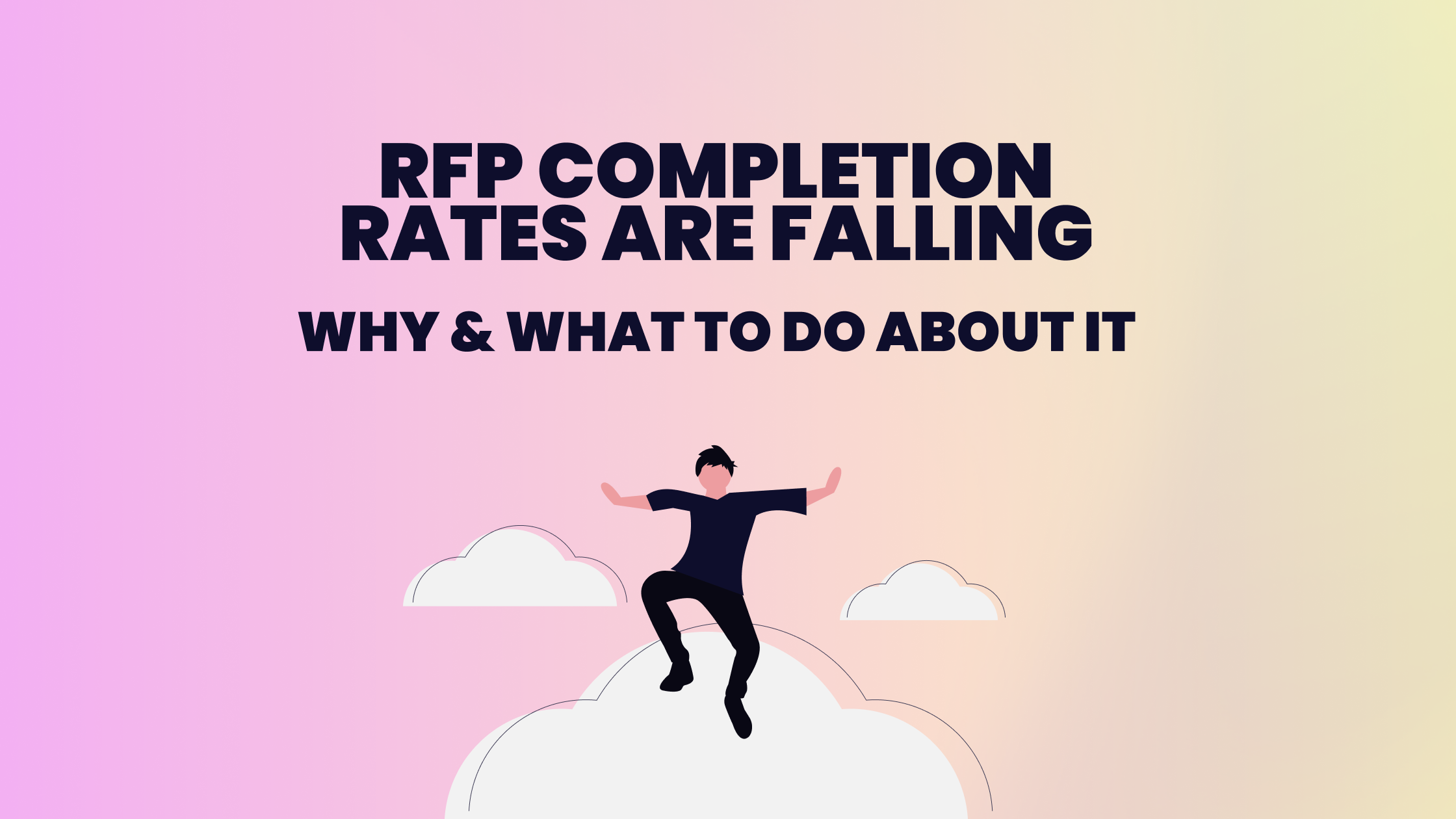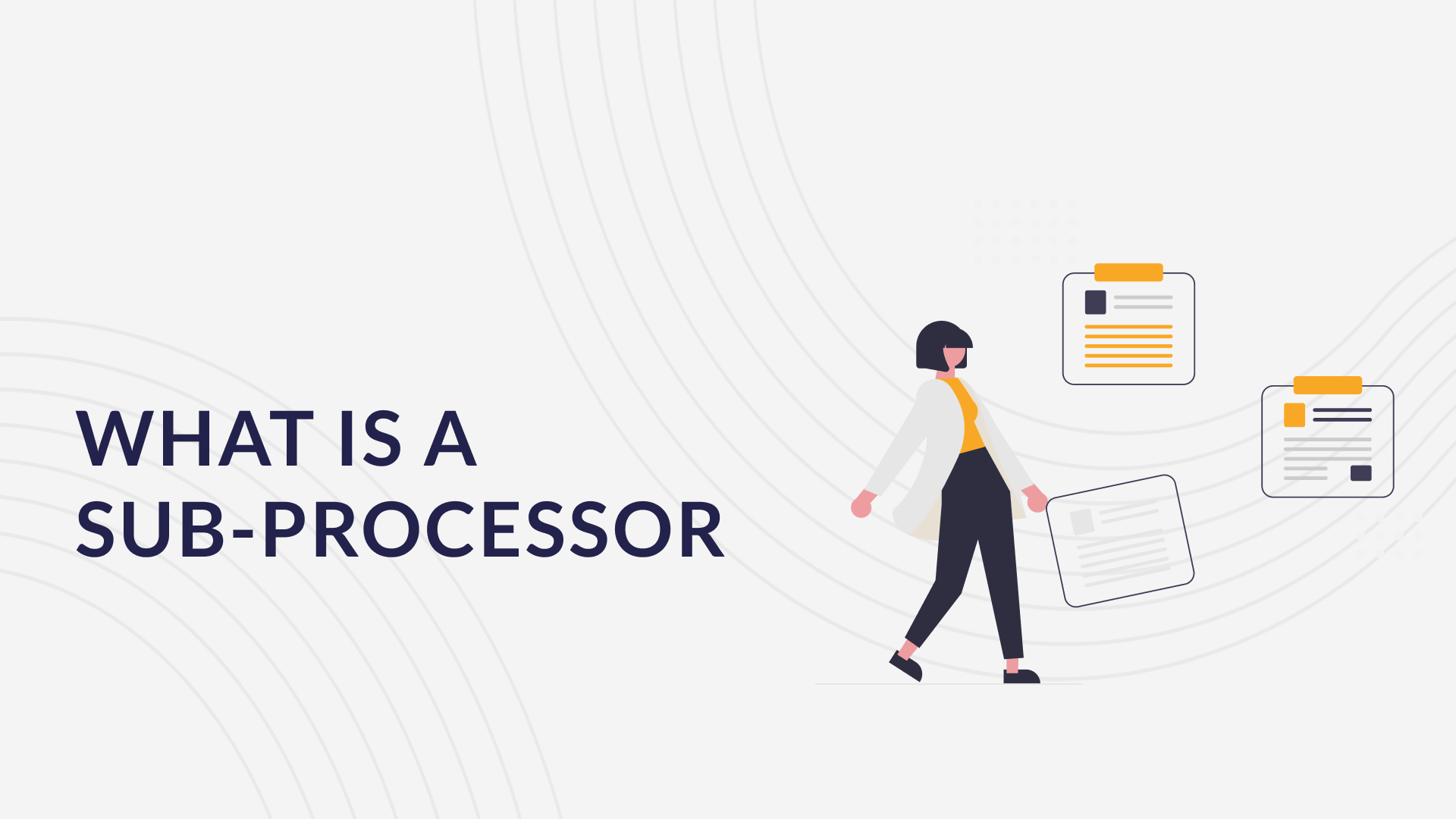In B2B sales, trust and precision matter. For companies seeking vendors (whether for software, services, or solutions) the Request for Proposal (RFP) is a vital tool. It helps buyers compare multiple offers on equal footing.
On the flip side, responding to an RFP is a strategic opportunity for vendors. Done right, it can unlock new revenue and long-term client relationships.
But what exactly is an RFP response? Why does it matter? And how do top-performing companies manage this process?
Who is this for?
If you’re a sales, presales, or compliance manager at a B2B company struggling with manual, time-consuming RFP responses that delay deals and drain internal resources, this guide will help you streamline your process, improve win rates, and respond faster with confidence.
What is an RFP Response and Why It Matters
Defining an RFP Response
An RFP response is a vendor’s official proposal submitted in reply to an RFP. It typically includes detailed answers to the buyer’s questions, technical specifications, pricing, timelines, and proof of capability (like case studies or certifications).
The Role of RFP Responses in Winning Deals
RFPs are often the final gate before a deal is signed, especially in enterprise sales, where procurement teams demand thorough documentation. A strong response builds trust, proves fit, and separates top vendors from the rest.
Poorly crafted responses, on the other hand, signal risk no matter how good the product.
Understanding the Process of an RFP Response
Reviewing the RFP Document
It starts with a careful read. Teams must extract requirements, highlight deal-breakers, and flag key dates. This step sets the tone for everything else.
Identifying Stakeholders and Contributors
Successful responses rarely come from one person. Legal, infosec, compliance, sales, and product teams often collaborate. Clarifying who owns what early is essential.
Gathering and Validating Information
Next comes collecting the answers, both from existing resources (like a knowledge base or past responses) and subject matter experts. Accuracy and consistency are key.
Writing a Persuasive and Compliant Response
Great responses don’t just tick boxes, they tell a story. They mirror the buyer’s language, emphasize fit, and avoid jargon. Most importantly, they answer every question clearly and fully.
The RFP Response Lifecycle: From Intake to Submission
Step 1: Intake and Qualification
Not every RFP is worth pursuing. Teams evaluate fit, opportunity size, and resource needs. If greenlit, the process kicks off formally.
Step 2: Assigning Responsibilities
With the scope defined, tasks are divided. A response project manager often oversees timelines, collaboration, and quality control.
Step 3: Drafting and Reviewing
Answers are written, reviewed for accuracy and tone, and refined to align with the buyer’s priorities.
Step 4: Final Approval and Submission
Legal and leadership sign-off is secured. The response is formatted (often in portals or PDFs) and submitted before the deadline.
Tools and Platforms That Streamline the Lifecycle
RFP automation platforms can cut turnaround time by over 50%. They centralize content, track deadlines, and enable real-time collaboration. Examples include Loopio, Responsive (formerly RFPIO), and Vera.
Key Takeaways & Conclusion
Responding to RFPs is a high-stakes, high-effort process, one that can yield major wins. It’s not just about answering questions, it’s about building confidence and trust.
- An RFP response is a formal proposal to win business.
- It requires collaboration across multiple teams.
- A structured, persuasive response improves win rates.
- Tools and automation help teams move faster and more accurately.



